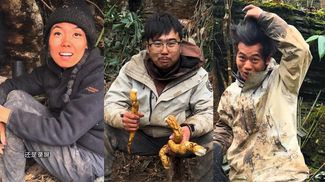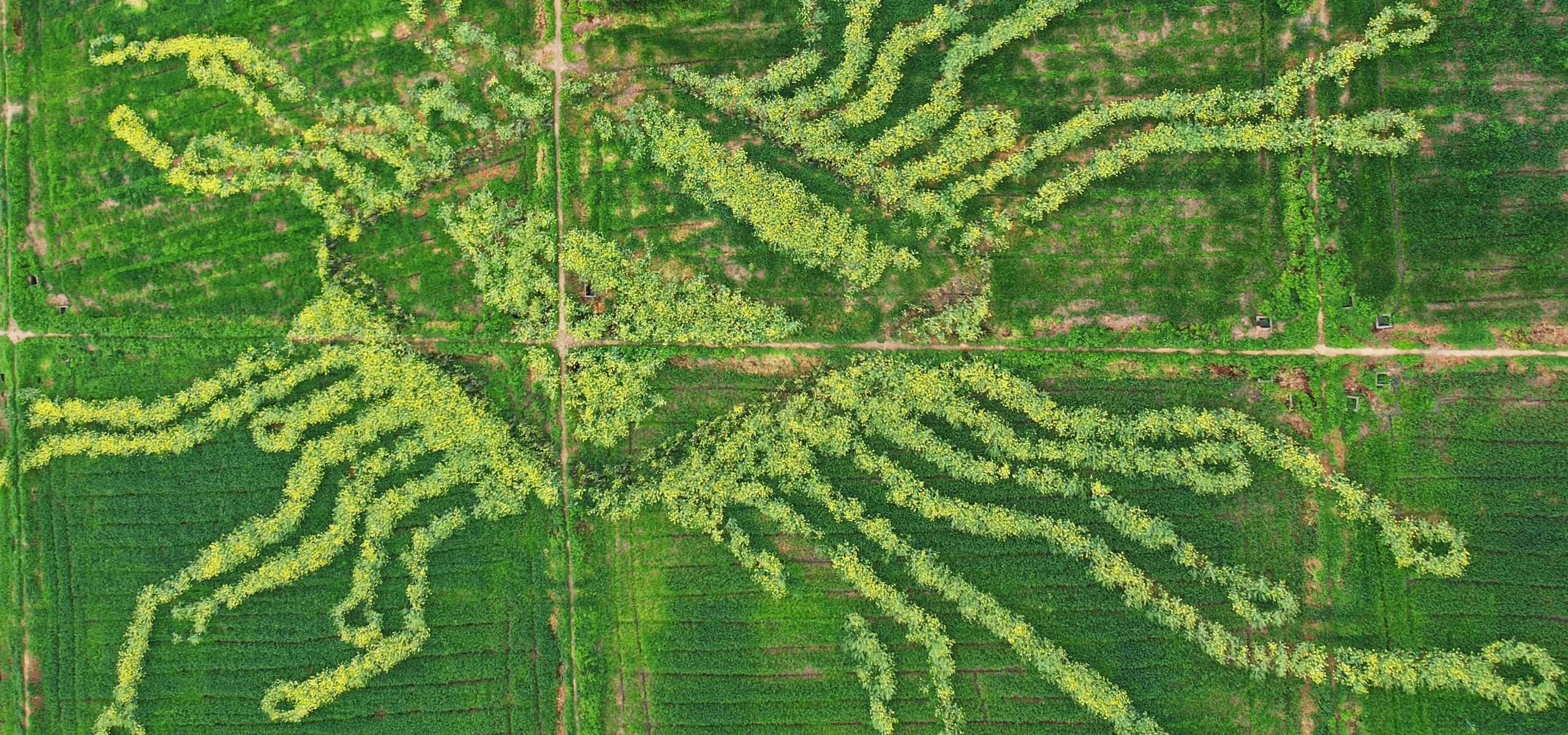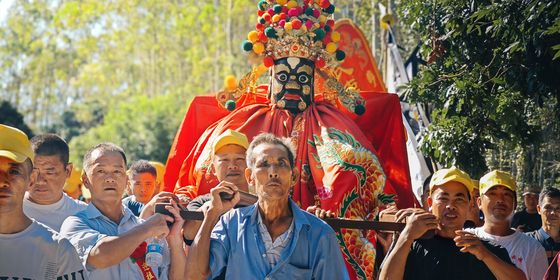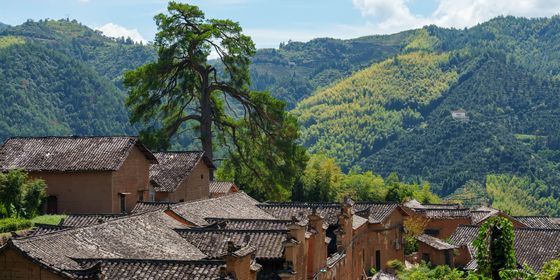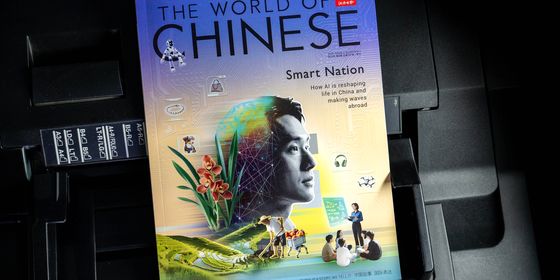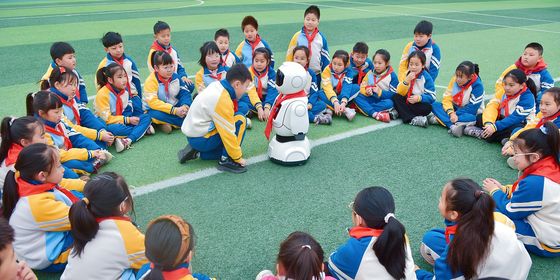In China’s changing countryside, young farmers and local officials are embracing AI to tackle conundrums from the aging population to pest control
In the peach orchards of Jiangsu’s Yangshan town, 33-year-old farmer Wang Huan watches as a drone buzz quietly above the saplings, capturing high-definition images of the field.
These daily flights collect visual data, which, combined with readings from soil temperature and humidity sensors, are entered into an AI algorithm based on Alibaba Cloud to detect signs of pests and disease. If trouble is spotted, another drone will be dispatched to dust insecticide on the affected area.
“It only takes about half an hour for the drone to spray pesticide across my 10 mu [about 0.7 hectares] of land,” Wang says. “If I do it by hand, it would take around five hours.”
Create a free account to keep reading up to 10 free articles each month
Smart Earth: How AI Is Rewriting Rural China is a story from our issue, “Smart Nation.” To read the entire issue, become a subscriber and receive the full magazine.


